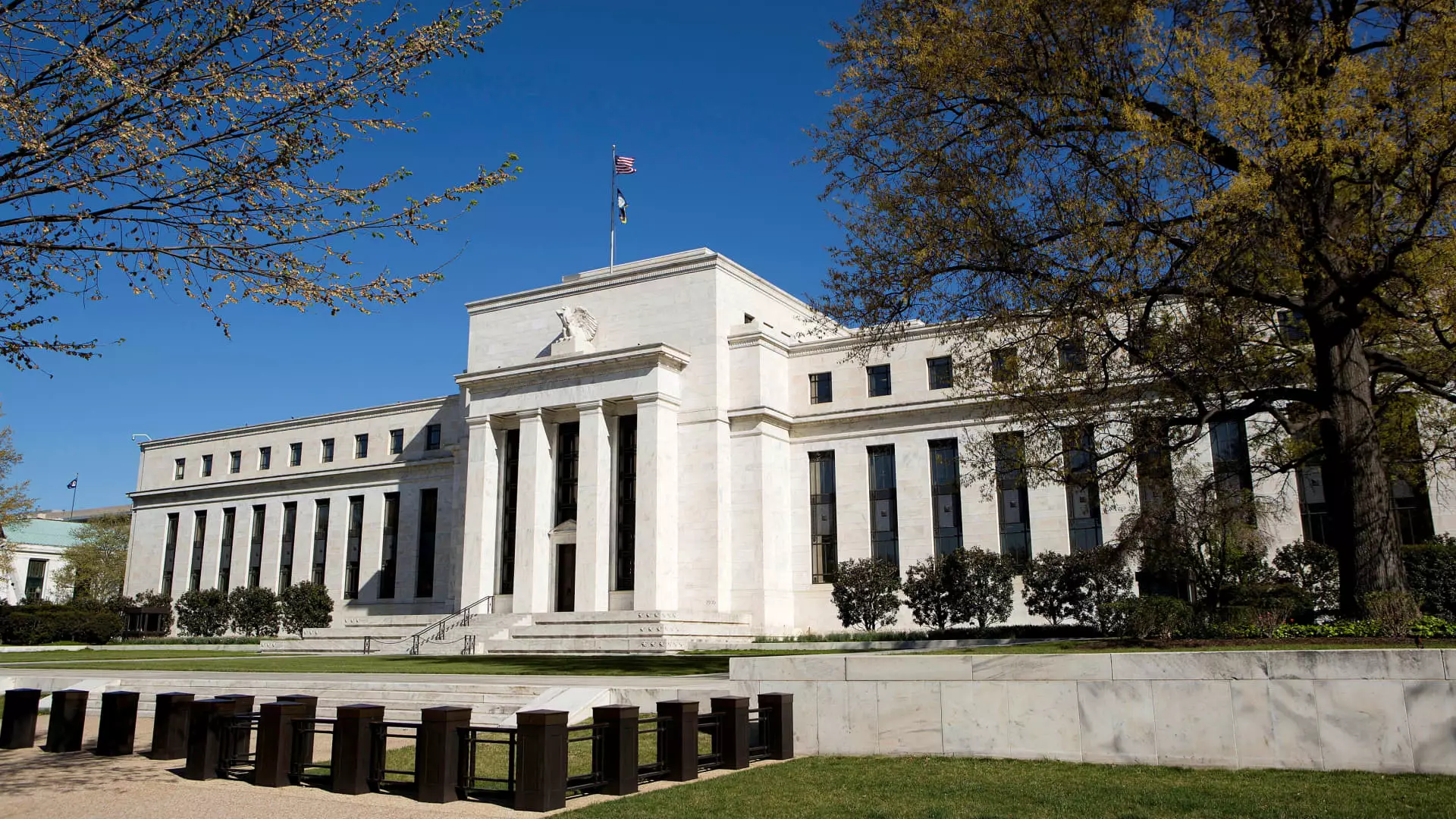In a surprising move shortly after the 2024 presidential elections, the Federal Reserve announced a decrease in its benchmark interest rate by 25 basis points. This decision comes at a time when the economic environment is characterized by lingering inflation concerns and shifting political tides. The decision to lower the federal funds rate is significant, signaling an intention to stimulate the economy amidst these uncertainties. As economic data suggests inflation is returning to the Fed’s target of 2%, the central bank is positioning itself to navigate the fragile recovery phase that follows high inflation and significant rate increases.
The rate cut represents a second vital adjustment following a 50-basis-point reduction in September, which together indicates the Fed’s recalibration of monetary policy aimed at cushioning the economic impact faced by consumers. For many households grappling with surging costs due to previous rate hikes—11 increases between March 2022 and July 2023—the current rate adjustment is a glimmer of hope. However, industry analysts caution that until the full effects of the cuts are felt, consumers should prepare for a gradual evolution in their financial landscape.
The implications of the Fed’s rate cut will ripple through various sectors, particularly consumer borrowing. With most credit cards having variable interest rates tied to the Fed’s base rate, consumers have recently experienced a steep rise in borrowing costs. Prior to the latest rate cut, the average credit card rate surged to over 20%, a distressing high for most Americans already struggling to stay afloat financially. Although the first rate cut has led to some reduction in these rates, financial analysts underscore that consumers should not expect immediate relief.
Matt Schulz from LendingTree emphasizes the need for consumers with credit card debt to take proactive measures rather than wait for the economic climate to shift. Options include seeking better interest rates with alternative creditors, negotiating with current credit card companies, or taking advantage of balance transfer offers. Interestingly, while President Trump has floated ideas to cap credit card interest rates at a mere 10%, such a policy would require broad congressional support and faces significant pushback from financial institutions.
Auto Loans and Housing Market Considerations
Aside from credit card interest, other areas of consumer debt, such as auto loans and mortgages, warrant discussion in the context of the Federal Reserve’s recent actions. Auto loans, while typically fixed-rate, have seen increased consumer burden due to rising costs and a tough financing environment. Current averages for a five-year new car loan hover around 7%, a steep increase from pre-2022 figures. Despite this, some analysts project that the more favorable borrowing environment created by the Fed’s rate cuts could lead to slightly lower financing rates, thereby easing consumers’ financial strain.
Housing affordability remains a grave concern, especially considering that mortgage rates have seen unprecedented hikes over the past few years. The prospect of the Fed’s ongoing rate cuts may eventually result in more favorable mortgage terms, but the immediate impact will be negligible. Economists highlight that while the 30-year fixed mortgage rates are currently around 6.81%, external factors such as investor sentiment towards Treasury yields will ultimately dictate how much rates might actually decrease.
Relief for Student Loan Borrowers
While many aspects of consumer finance may experience shifts due to the Fed’s actions, student loan borrowers are left in a complex situation. Most federal student loans carry fixed rates, meaning they will not see immediate changes in monthly payments. However, for those with private loans tied to variable rates, there could be modest reductions over time. Unfortunately, the scale of relief from a quarter-point cut is minimal—most borrowers will see only slight reductions, approximately $1 to $1.25 for every $10,000 owed. Moreover, the ongoing push for student loan forgiveness appears unlikely to gain traction, leaving many borrowers still burdened.
A silver lining amid these financial adjustments may be found in savings accounts. The spike in interest rates had previously bolstered yields on savings products, with top online accounts offering returns over 5%. This is a remarkable shift from the sub-1% yields seen in 2022. While the current rate cuts could eventually lead to lower interest earnings, it seems that savvy savers can still find competitive rates that outpace inflation, especially with options like one-year CDs offering enticing returns.
The Federal Reserve’s recent rate cuts are poised to influence a broad array of financial dynamics affecting individual consumers. While these changes signal a path toward economic stabilization, the anticipated relief may manifest slowly. Consumers must remain vigilant and proactive, as they navigate the evolving landscape of debt and savings in this uncertain economic climate.

